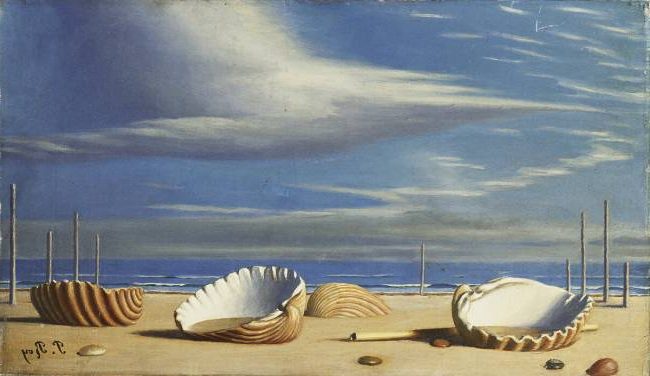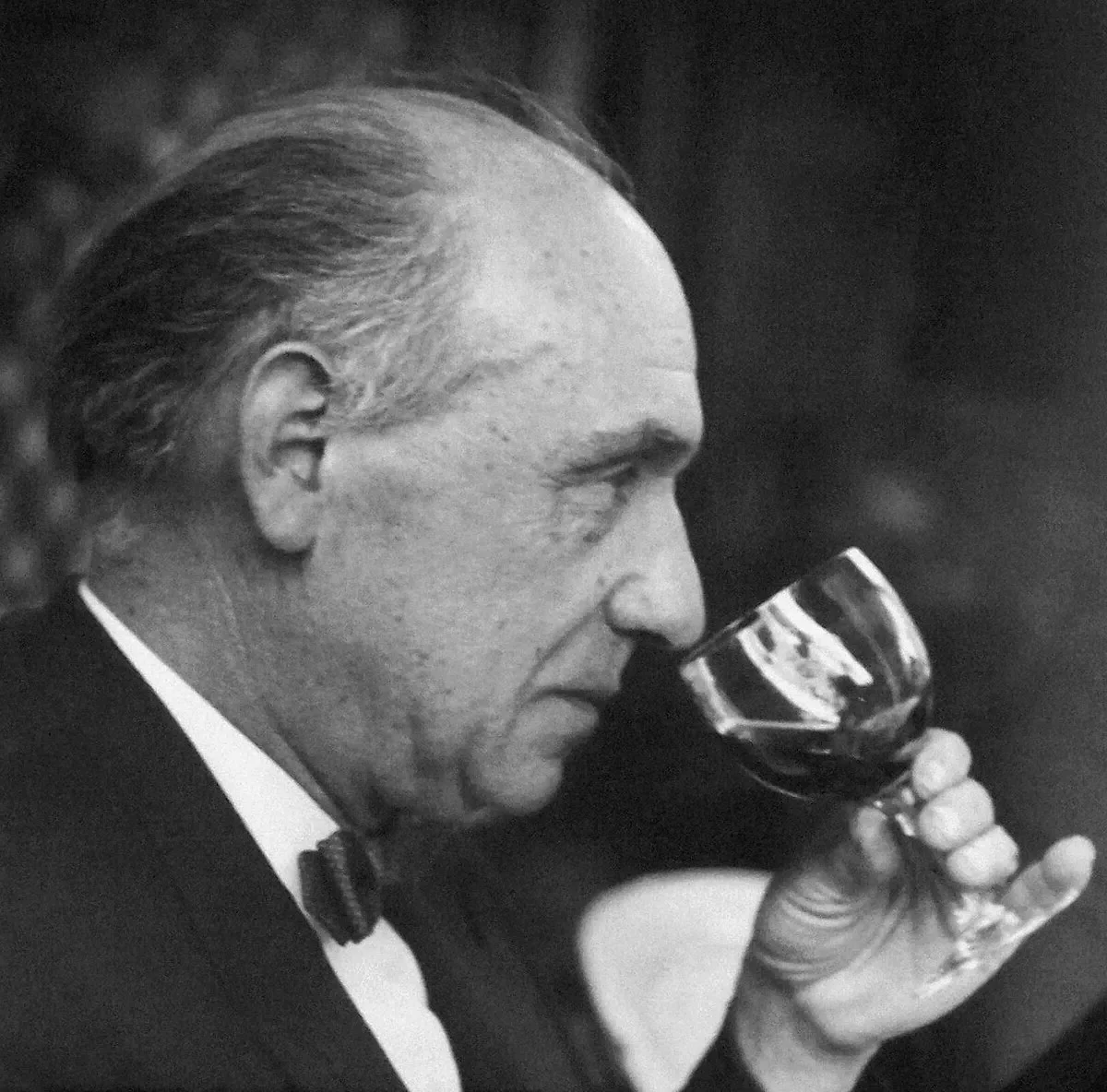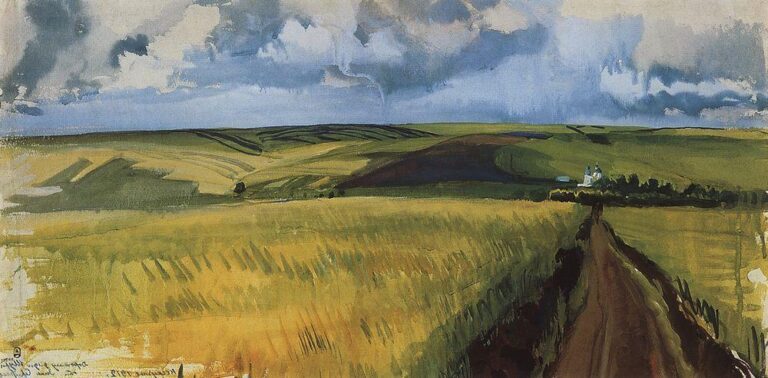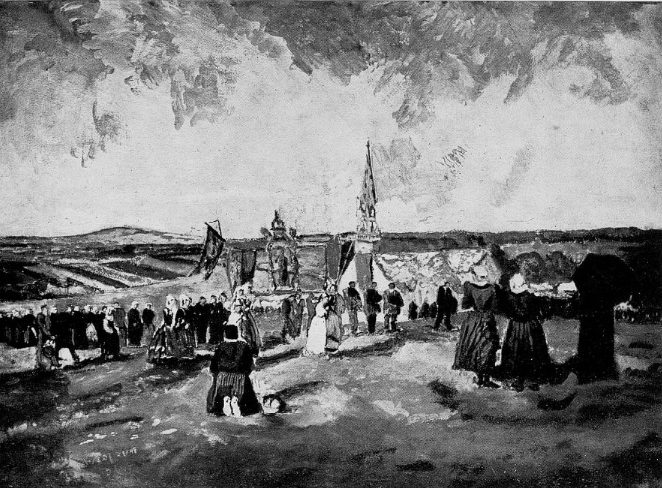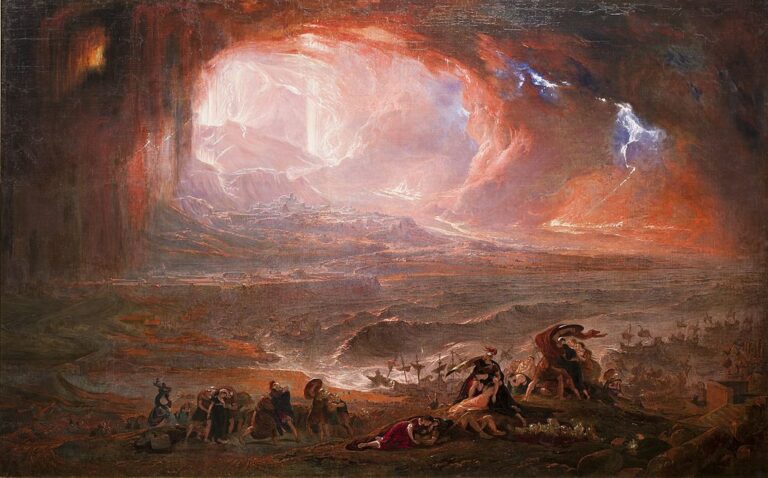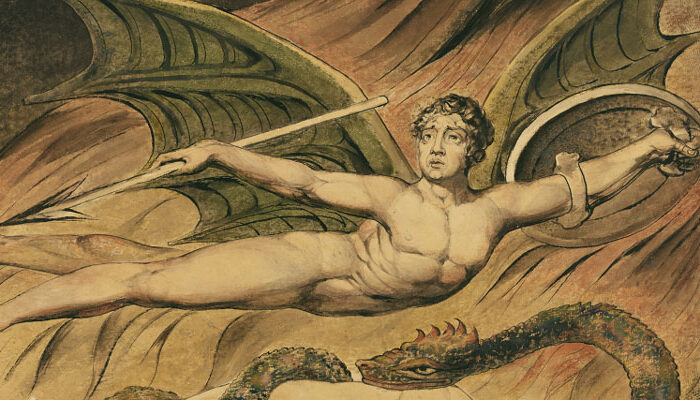Pierre Roy Painter: Surrealist Master of the 20th Century
Born: 10 August 1880, Nantes, France
Death: 26 September 1950, Milan, Italy
Art Movement: Surrealism
Nationality: French
Influenced By: Giorgio Morandi
Institution: Ecole des Beaux-Arts, Paris
Pierre Roy Painter: Surrealist Master of the 20th Century
Life and Career of Pierre Roy
Pierre Roy was a French surrealist painter known for his unique style. He created realistic compositions of everyday objects in strange arrangements.
Early Life and Education
Pierre Roy was born on August 10, 1880, in Nantes, France. He grew up in an artistic family. His father worked at the Musée d’Arts de Nantes. Roy was related to the famous writer Jules Verne. This connection may have sparked his imagination as a child.

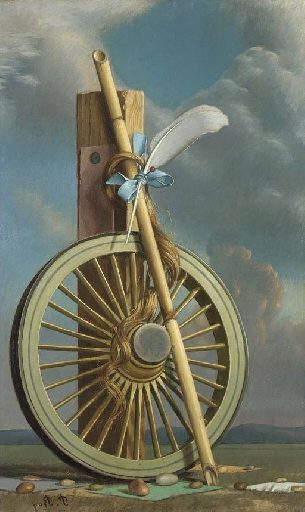
Roy studied art at the École des Beaux-Arts. He learned traditional painting techniques there. In 1905, he decided to focus solely on painting as a career.
Rise to Prominence in Surrealism
Roy joined the Société Nationale des Beaux-Arts (SNBA) in 1905. This group helped him show his work to more people. He displayed his art at the Salon des Indépendants at least four times.
His early paintings were neo-impressionist. But Roy soon found his own style. He painted everyday objects in odd ways. This caught the eye of surrealist artists.
In 1925, Roy took part in the first Exhibition of Surrealism at Galerie Pierre. His work appeared in surrealist magazines. Some even called him the “father of surrealism.”
Final Years and Legacy
Roy kept painting throughout his life. He focused on themes from childhood memories. His art often showed lost toys and other objects from the past.
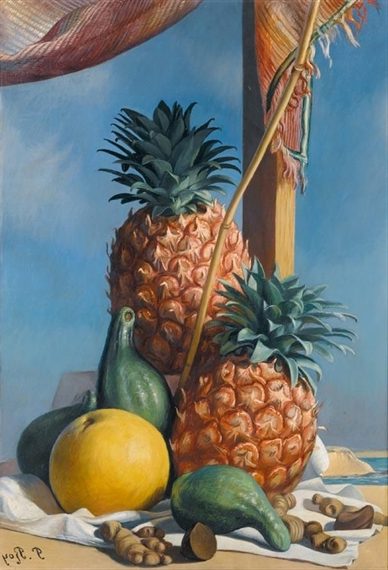
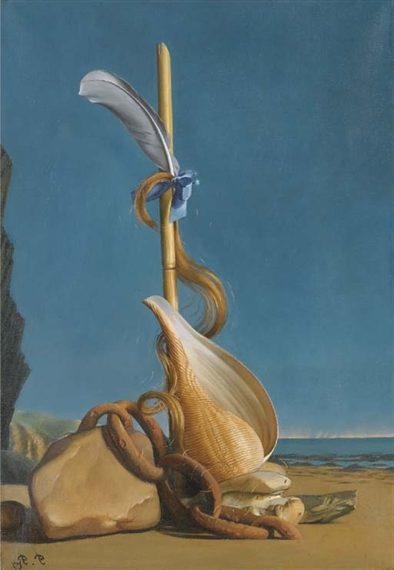
Roy died on September 26, 1950. He left behind a unique body of work. His paintings can be found in major museums today. The Philadelphia Museum of Art has some of his pieces.
Roy’s legacy is his distinct take on surrealism. He showed that ordinary things could be magical when seen in a new way.
Artistic Style and Influences
Pierre Roy blended surrealism and realism in unique ways. His work featured everyday objects in strange combinations, creating dreamlike scenes with a realistic painting style.
Surrealism and Realism Fusion
Roy painted ordinary items like fruits, eggs, and ribbons in great detail. He placed these objects in odd arrangements, giving his art a surreal quality. This mix of real and unreal created a sense of mystery in his work.


Roy’s paintings often showed items floating or defying gravity. He used crisp lines and vivid colors to make the objects look true-to-life. This realistic style made the strange scenes feel more striking.
Influential Figures and Movements
Giorgio De Chirico’s work had a big impact on Roy. De Chirico’s odd cityscapes likely inspired Roy to create his own puzzling scenes.
Roy was part of the surrealist movement, but he developed his own style. He took part in surrealist shows in the 1920s. His art hung next to work by other avant-garde artists of the time.
Some experts see links between Roy’s art and magic realism. Both styles mix real and unreal elements. Roy’s precise painting style may have roots in the work of artists like Paul Cézanne and Henri Rousseau.
Major Works and Contributions
Pierre Roy created many notable paintings and illustrations throughout his career. His works often featured everyday objects arranged in unusual ways, blending realism with surrealist elements.
Notable Paintings
Roy’s most famous painting is “Le Grand Bateau” (The Large Boat), which shows a ship’s figurehead floating above a landscape. “La Femme Peintre” (The Woman Painter) depicts a female artist surrounded by strange objects. “Proue de Navire et Papillons” (Ship’s Prow and Butterflies) combines maritime imagery with delicate insects.
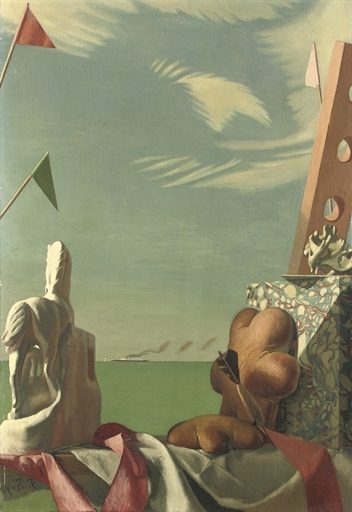
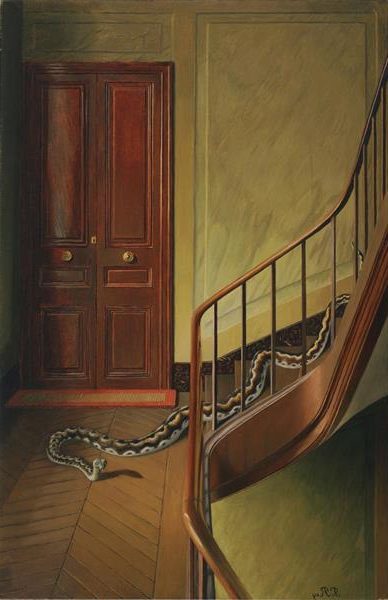
“Danger on the Stairs” is a mysterious work featuring a steep staircase with odd items placed on the steps. “Still Life with Bottles and Breton Bonnets” showcases Roy’s skill at painting realistic objects in unexpected groupings.
Illustrations and Other Works
Besides paintings, Roy worked as an illustrator and designer. He created posters for ballets and exhibitions. Roy also made book illustrations and lithographs. His art appeared in Vogue magazine and on advertising posters.
Roy’s works were shown in major cities like New York and London. The Museum of Modern Art and Philadelphia Museum of Art own some of his pieces. He exhibited with groups like the Société Nationale des Beaux-Arts and Salon d’Automne.
Roy studied at the Académie Julian in Paris. This training helped him develop the realistic painting style he used in his surrealist works.
Frequently Asked Questions
Pierre Roy created unique surrealist paintings with everyday objects. He played an important role in the surrealist art movement. Roy’s work explored themes like rural electrification and was influenced by other artists.
What are the distinguishing features of Pierre Roy’s surrealist paintings?
Roy painted realistic compositions of ordinary objects in unusual arrangements. He often used fruits, vegetables, spools of thread, eggs, and ribbons in his work. These commonplace items were combined in unexpected ways to create a sense of mystery.
How did Pierre Roy contribute to the surrealist movement in art?
Roy developed his own distinct style within surrealism. He focused on painting everyday objects with photorealistic detail. This approach helped expand surrealism beyond dream-like imagery to include more grounded subject matter.
What is the historical significance of the painting ‘Danger on the Stairs’ by Pierre Roy?
‘Danger on the Stairs’ is one of Roy’s recognized surrealist works. The painting likely depicts ordinary objects in an unusual setting on a staircase. It showcases Roy’s skill at creating mysterious scenes from everyday items.
In what ways did Pierre Roy’s work reflect the theme of ‘the Electrification of the Countryside’?
Roy explored rural electrification in some of his paintings. He may have included electrical objects or wires alongside traditional farm items. This juxtaposition highlighted the modernization of rural areas in early 20th century France.
How has Pierre Roy been influenced by other artists such as Giorgio Morandi?
Roy and Morandi both painted still lifes of everyday objects. They shared an interest in careful compositions and realistic depictions. Roy likely drew inspiration from Morandi’s focus on ordinary items as artistic subjects.
What are some of the major exhibitions or collections where Pierre Roy’s artwork has been featured?
Roy’s work has been featured at the Museum of Modern Art in New York. His paintings have also been shown at the Société des Artistes Indépendants in Paris. Additionally, he exhibited with the Société Nationale des Beaux-Arts multiple times early in his career.

